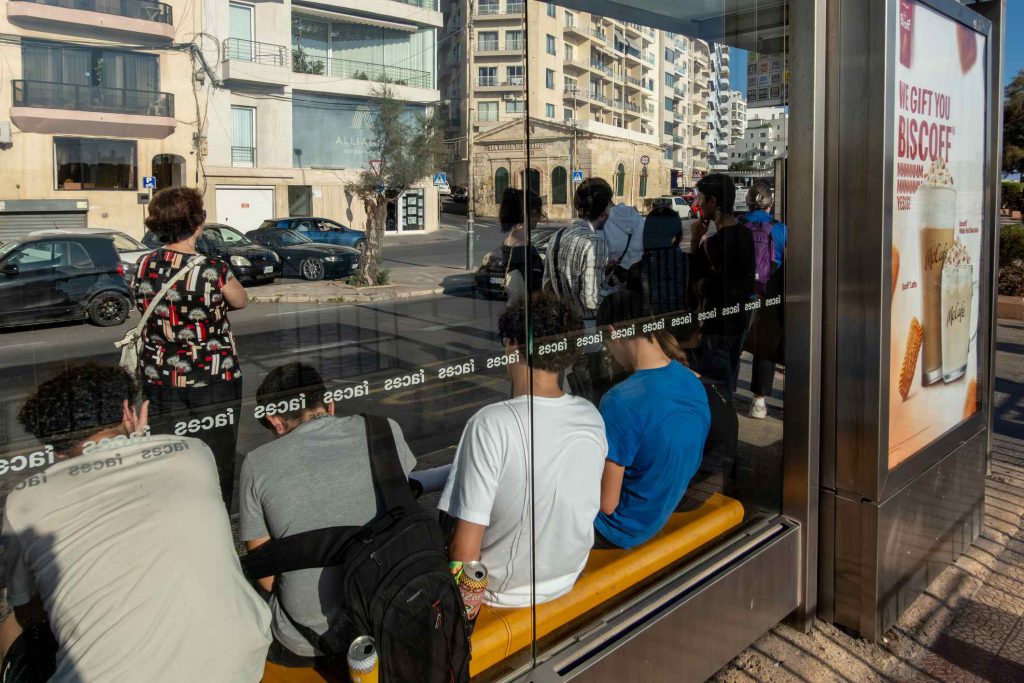Getting the basics first, is also important

In recent days, the transport minister has introduced a series of proposals aimed at encouraging motorists to relinquish their cars temporarily in exchange for financial incentives. This initiative underscores the severity of Malta’s traffic congestion, suggesting that authorities are now resorting to monetary measures to address the issue. While the effectiveness of such incentives remains to be seen, it is imperative to examine the current state of Malta’s public transport system, especially in light of previous initiatives like the introduction of free bus services.
The implementation of free public transport in October 2022 led to a notable increase in bus patronage. Malta Public Transport reported carrying 49.6 million passengers in 2022, marking a 40% increase compared to 2021. Specifically, the number of Tallinja card users rose by almost 50% between October and December 2022 compared to the same period in 2021, and 8% higher than in 2019, which was a record year. Furthermore, in May 2023, a record-breaking 5.8 million passengers traveled by bus, surpassing the previous milestone of 5.7 million passengers recorded in August 2019. These figures indicate a positive shift towards public transportation usage.
However, increased patronage has also highlighted existing shortcomings within the system. Commuters frequently encounter overcrowded buses, particularly on routes passing through major tourist areas. In response, authorities identified 17 routes requiring additional capacity; by July 2023, four of these routes had already seen increased frequency during peak times, with plans to address the remaining routes in the subsequent weeks. Despite these efforts, challenges persist, suggesting that infrastructural and operational improvements have not kept pace with rising demand.
Basic amenities at bus stops remain inadequate. For instance, heavily frequented areas like Kennedy Grove, situated behind the Sirens FC Stadium, lack essential facilities such as bus shelters, leaving commuters exposed to harsh weather conditions. Similarly, the bus stop near the traffic lights in Msida, a crucial link for Junior College students, often descends into disorder, reflecting a system struggling to meet the needs of its users. Such oversights undermine efforts to promote public transport as a viable alternative to private car usage.
Route optimization is another area of concern. Commuters have long advocated for the reintroduction of services originating from strategic locations during peak hours. Areas such as Għadira Bay in summer, Mellieħa, Żabbar, Żurrieq, and Mosta previously benefited from direct routes that alleviated congestion and reduced travel times. The current system, where buses depart from hubs like Ċirkewwa already at full capacity, leaves passengers in intermediary localities like Mellieħa and Xemxija stranded. Although the Transport Minister has acknowledged these concerns and pledged to reconsider route structures, tangible changes have yet to materialize.
While advancements such as real-time tracking apps, electronic boarding cards, and on-board Wi-Fi have enhanced the commuter experience, fundamental issues persist. Addressing these challenges requires a holistic approach that goes beyond financial incentives for motorists. Investments in infrastructure, including the installation of adequate bus shelters and the maintenance of bus stops, are essential. Additionally, optimizing bus routes to ensure efficiency and prevent overloading, particularly during peak times, is crucial. Prioritizing these basic yet vital aspects will not only improve the public transport experience but also encourage more individuals to opt for sustainable modes of transportation, ultimately alleviating Malta’s chronic traffic congestion.
